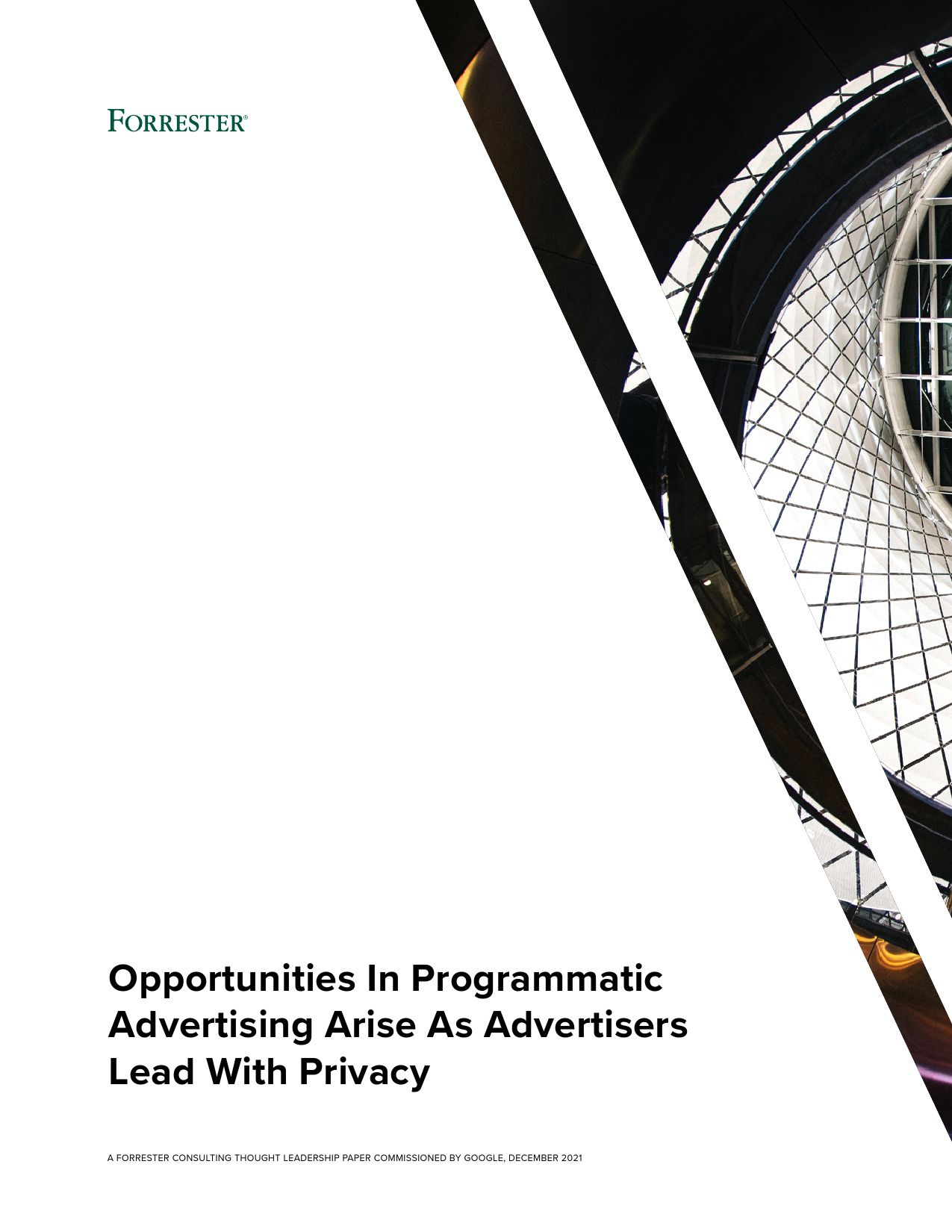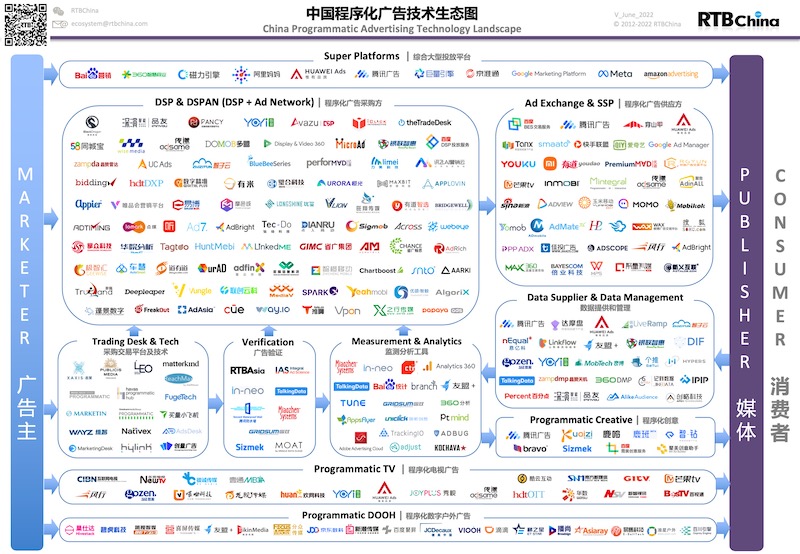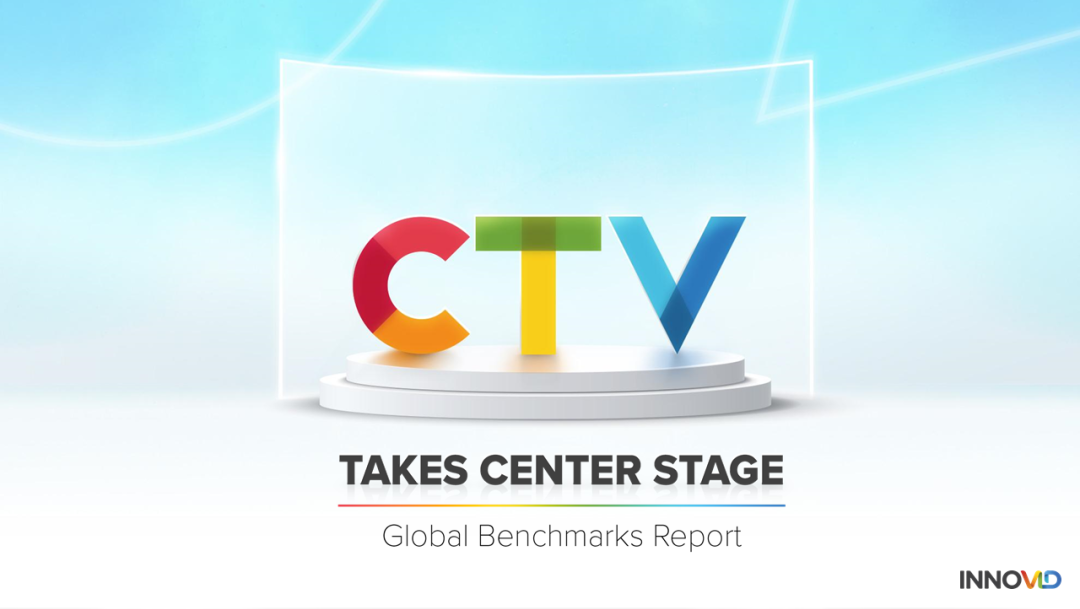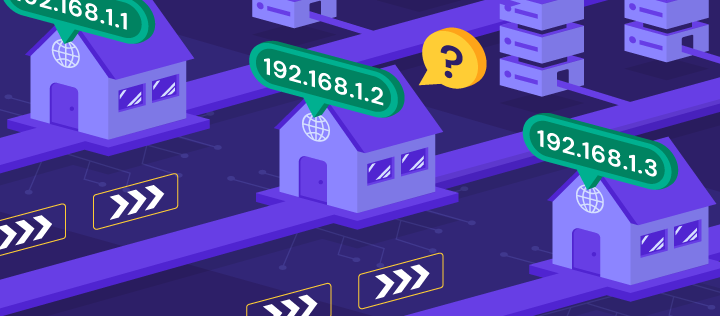 TellApart是专注为电子商务服务的ReTargeting广告公司,由前 Google 广告部门高管 Josh McFarland 创建,已经获得 1300 万美元投资。TellApart的赢利模式很特别,他们采用人性化的按效果付费,只有当消费者真正产生购买才向客户收取费用。
TellApart是专注为电子商务服务的ReTargeting广告公司,由前 Google 广告部门高管 Josh McFarland 创建,已经获得 1300 万美元投资。TellApart的赢利模式很特别,他们采用人性化的按效果付费,只有当消费者真正产生购买才向客户收取费用。
看看2010年和2011年AdExchanger.com对TellApart CEO的两度专访:
2011年访谈 (部分内容引自 Plus Wu 之译文) :
The company recently raised a $13 million round of funding through Greylock and Bain Capital (read more).
AdExchanger.com: Since we last spoke a year ago, are there any new trends you can share regarding the digital marketing strategies you’re seeing from e-commerce retailers? (Q:自咱们上次会谈以来,最近你在电子商务市场发现了什么新的趋势呢?)
JM: The biggest and most telling trend is that retailers who have an online presence – both pure-play and multi-channel — are starting to really understand and appreciate the valuable asset they have in their own customer data and what it can do for them. We’re starting to field much more thoughtful questions from retailers who want to build customer data systems to support their display ad efforts.
A:最明显的趋势是在线的零售商开始懂得和珍惜他们所拥有的客户信息的价值。零售商们都开始思考如何建立一个关于顾客信息的系统,从而更好地支持自己的展示广告投放计划。还有一个趋势就是,在线零售商开始变得越来越聪明,更加注意控制自己的ROI,他们发现“再营销”广告终于能够使展示广告变得有效起来。我认为,“再营销”已经成为了广告主心目中必须采用的广告投放工具。
The second trend is that these retailers continue to get smarter about their online marketing strategies. They know their ROI metrics down to the penny, and they’re seeing that customer data-driven retargeting makes display ads finally work. I’d say retargeting in general is on the cusp of being a must-buy for most retailers.
Any adjustments in your company’s strategy in the past year? Q:那么你们公司最过去的一年中有发生什么策略转变吗?
We are not making any major adjustments; rather, we are doubling down what’s working. Paid search marketing, comparison shopping engines and email marketing continue to show diminishing returns as the channels get more saturated, but this isn’t the case with display advertising. We are proving to e-commerce marketers that they can use their own customer data and make targeted display advertising a hugely profitable and meaningful contributor to their bottom line. We are consistently driving 3-5% of our client’s revenue through our display retargeting application, so we’re full steam ahead on our original strategy. A:我们并没有太大改变,而是更加专注于我们已有的业务。关键字搜索、比价搜索、推广电邮等业务都因为相对饱和而面临着递减的收益,但是展示广告则完全不一样。我们已经证明了电子商务网站可以利用自己的客户数据使得展示广告成为一个绝佳的盈利推广手段。我们帮助贡献了客户总营收中的3~5%,我们正在全力以赴地朝着我们原来的目标前进。
What do you see as some of the critical differentiators for TellApart within its personalized retargeting competitive set, if you will? Q:你觉得TellApart和其它个性化的“再营销”服务有什么显著的不用呢?
Our biggest differentiators are our team & technology and the metrics & business model they make possible. Our team is comprised of incredible technical talent and deep experience in the online ad business, e-commerce, big data and enterprise software. This team has reinvented the technology behind how e-commerce data is stored, managed and used in display ads to drive substantial incremental revenue growth for our clients.
This ultimately allows us to offer a risk-free business model to large online retailers that is unmatched in the retargeting space; we get paid a slice of revenue only after a potential shopper clicks on a TellApart-served ad and returns to the retailer’s site and makes a purchase. We don’t charge for view-through conversions (most of which are a scam in our opinion) and we don’t get paid for raw clicks (most of which won’t ever convert.) We only make money when an online retailer makes money; our incentives are totally aligned with theirs.A:我们最大的不同点在于我们的团队、技术,以及我们创立的独特业务指标和商业模式。我们的团队很好的结合了来自在线广告、电子商务、大数据存储以及企业软件的业务经验,重新建立了一套电子商务网站数据整合和利用的方案,应用于在线展示广告投放,从而给客户带来可持续的增量营收。所有的这些使得我们有能力提供一套完全没有风险的方案给在线零售商,这是其他“二次定向”服务商无法提供的。我们仅仅在一个潜在客户点击了我们提供的广告并且回到了广告主网站完成购买的时候才会收取费用,而不是在一个浏览行为发生的时候就计费。只要客户赚钱的时候我们才收取费用,我们的利益和客户的利益是一只的。
You’ve discussed “incrementality” as a linchpin to TellApart’s strategy. How is incrementality playing out these days in literal terms? Any examples? Q:你刚才提到了“增量收益”这个词,能举一下具体的例子吗?
Let’s face it, conversion attribution is still a mess, and there’s no silver bullet. There are now dozens of measurement vendors, all claiming the ability to more fairly allocate responsibility for a conversion between overlapping marketing channels. And yet, all a retailer cares about is that their revenue this month is higher than last. Enter incrementality: the ability to prove that a particular marketing effort has driven brand new sales that wouldn’t have otherwise occurred.
TellApart’s Transactional Retargeting – because it’s done at the level of an individual visitor — is in the unique position to have its incrementality actually measured. This is done through our A:B testing framework, where one group of users is not shown ads so that a baseline conversion rate can be established (try getting your SEM or affiliate provider to agree to that!)
To every new client we work with, we commit to scientifically prove that we can drive new sales, and in these studies, we’ve seen incremental conversions rise by 25-60% thanks to our retargeting. And because view through conversions (to the extent a portion are actually incremental) are free with TellApart, we can always show our clients that we are driving even more value than they expected. A:我们都必须承认一个事实,影响转换率的原因非常的复杂,在这里并没有能够解决所有的问题的“银弹”。市场上有很多服务提供商,全部声称具有识别推广渠道从而提高转化率的能力。但是,一个电子商务网站在意的事情其实很简单,那就是他们这一个月的营业收入需要比上一个月的高,而我们所说的“增量收益”的定义就是——我们有能力带来新的销售收入,如果没有我们的工具,这并不会自然发生。TellApart的二次定向是针对单个的交易流程的,这使得我们带来的“增量收益”是可以衡量的,整个过程通过一个A:B测试的方案来完成,也就是说,我们能够知道在没有广告的情形下的基础转化率。这是在搜索引擎关键词营销和联盟营销中无法做到的。对于我们的每个新用户,我们承诺能够用科学的方式证明我们能够为他们带来“增量销售”,而在这些案例中,我们都发现客户的转化率能提供25-~60%。而且许多增加的访问流量是不收费的,所以实际上我们给客户带来的价值往往已经超出了客户的预期。
Is TellApart profitable? How have revenues progressed?
As a private company, we don’t disclose our financials.
What are you seeing in real-time bidded marketplaces today? Any themes or concerns? Q:你如何看待“实时竞拍”的广告市场呢?
The RTB exchanges have significantly improved over the last year – both in terms of volume and results. We’re seeing higher reach, more impressions, increasing click-through rates and solid conversion rates… if at rising clearing prices.
What’s interesting about this developing market is that the days of easy arbitrage were over before they began. If a vendor wants to support a business model as aggressive as ours, they have to have serious technology and unique data to make it work. For direct response, at least, there’s no simple buy-low/sell-high CPM or CPC arbitrage that’s left from the ad network days. Smart buyers have taken out most of the inefficiencies. A:实时广告在过去一年内得到了很大的改善,无论是在流量还是在效果上。在价格不断攀升的前提下,我们能看到实时广告带来了更大的覆盖和更高的转化率。但是市场比较有趣的一点是,现在要想在广告市场套利并不那么容易。服务提供商需要有过硬的技术和独特的数据支持才能使得业务成果。至少对于即时响应的广告业务来说,单纯的低买高卖的展示或者点击广告都已经不再是可行的套利方式了。聪明的广告主压缩了市场的套利空间。
This is a hot button for publishers… does TellApart ever use “context” as an attribute when targeting and optimizing display ad campaigns? Does “context” matter to a retargeter? Q:你们是否使用“上下文”作为提供展示广告的参数之一呢?“上下文”对于“再营销”服务提供商来说重要吗?
We’ve measured this, and honestly, it’s mostly about the visitor. The data our retailers have on their shoppers matters 10x more than a page’s context when deciding where to retarget an ad. But yes, we use hundreds of data inputs to optimize our approach, and context is one of them. Even then, the quality of the publisher’s placement (ad size, above-the-fold, etc.) tends to matter a lot more than do the contextual signals on the page. A:我们有衡量这个参数,但是说实话,关于访问者的数据其实更加重要,我们觉得,在决定在哪里放置“再营销广告”的时候,在线零售商拥有的顾客数据其实要比页面的上下文重要10倍以上。虽然如此,我们仍然把它列入了考虑范围,它是我们几百个参数中的一项。但即便如此,广告内容本身的质量仍然要比页面上下文的相关度重要很多。总而言之,上下文不会是一个太重要的参数。
Are you feeling any more risk in terms of proposed online privacy legislation today?
I wouldn’t say we’re feeling more risk, but it’s something we continue to watch and take very seriously. One difference that gives us confidence is that we are not a data middleman. Our client’s first party data is 100%, unequivocally theirs — full stop. We help them manage and understand their own data, but it lives in a partitioned, encrypted, secure place in our cloud, individual to each merchant.
TellApart also takes each visitor’s privacy very seriously, and we are dedicated to providing transparency and choice to the consumers we interact with. Each one of our ads features a prominent “X” in the corner, allowing consumers to one-click opt-out of TellApart retargeting.
Will TellApart move beyond PC-based display retargeting? If so, what makes sense in terms of the next digital channels?
Yes, we will definitely move past PC-based display retargeting. Our company is built on the premise that a retailer’s own customer data is their most valuable asset – and that data can be scored/used across marketing channels. We aren’t yet publicly discussing future applications, but the key to our entire platform is that the Customer Quality Score we create is portable and can be used whenever there is the chance to address the individual – onsite, offsite, via email, in-store, etc.
How is TellApart integrating its online services with a client’s offline business?
As our first multi-channel clients begin using our platform, we’re learning a lot about conversion behaviors across channels. Our DNA (and business model) are built around using data and marketing channels to drive new sales, and being able to complete the picture with in-store sales data is an important part of that. At the same time, we firmly believe that no retailer should overlook the 3-5% online revenue growth we can drive for them today.
You recently announced a healthy new round of funding ($13 million). Can you be specific on its use? And why did you choose Bain Capital to lead the latest round?
To borrow a phrase from our Google-roots, it’s time for to us to pour gas on the hockey stick, and our metrics supported an ultra-high quality, fast and painless fundraising. Specifically, we’re using the funds immediately to continue massive hiring across all positions and to speed up our R&D around additional applications on our platform.
We were fortunate to have tremendous interest in this round and were really selective in our conversations. We chose Bain Capital Ventures because of the firm’s track record, their strong relationships in retail, and because their new Silicon Valley office is going to be an investing powerhouse. But really, the decision was led by the chance to work with Ajay Agarwal, who knows both the enterprise software and ecommerce technology spaces cold, and who has a great portfolio of related companies, including BloomReach and Kiva Systems.
2010年访谈:
Josh McFarland is CEO of TellApart, an online media buying platform.
AdExchanger.com: Is TellApart a demand-side platform?
JM: Our core business is in helping e-commerce companies unify, manage and predictively analyze their customer data — all within a “customer database in the cloud.” Of course, what good is a beautifully manicured customer list without a way to drive more revenue from it? From that angle, we are a DSP-OTS… demand-side platform on the side. Yes, we have built one of the best media buying systems out there — but we use it internally to power our display ad applications like Transactional Retargeting.
What problem is TellApart solving?
TellApart helps e-commerce companies drive incremental revenue through the analysis and use of their own customer data. E-commerce CMOs are finding that search, comparison shopping, and their email lists have all reaching the point of massively diminishing returns. They look at display ads and think, “why haven’t we been able to make this channel ROI positive?” We help them use their customer data to do exactly that. And over time, you’ll see us move into all types of marketing channels and programs — all underpinned by this core idea of using customer data to make better informed decisions.
What’s the difference between retargeting and audience targeting?
I’m a firm believer that a majority of display ads in the near future will be targeted using one form or another of what the industry today generically refers to as “retargeting.” For the sake of definition, let’s agree that the technique of retargeting is simply the ability to get an impression in front of a user you’ve seen before.
For ads which target bottom-of-the-funnel behaviors (ex. cart abandonment), we refer to this as Transactional Retargeting: bringing the user back and facilitating their conversion completion. For users who are not currently engaged in a buying process but who are still part of a retailer’s customer database (previous visitor or buyer), they too can be “retargeted,” but I prefer to think of this as a form of audience targeting. And finally, audience targeting can also include the ability to reach potential new customers who have never visited a particular retailer’s site… but who have been modeled to have a high propensity to be interested nonetheless, given their activity on TellApart clients’ sites. For TellApart, it’s the notion of predicted Customer Quality that guides who has the potential to be reached via this last group.
What is your target market and how do you differentiate?
We service large and mid-size e-commerce companies, and today we mostly focus on online retailers. While the overall vision for our customer data platform is much farther reaching, the first application on this platform — Transactional Retargeting — competes primarily with Acerno, Dotomi and Criteo. In an effort not to be overly hand-wavy, let me say this first: we differentiate ourselves via our business model (below) and our results. And that alone tends to speak volumes for our clients.
How do we get these results that allow us to pursue such an aggressive model? Team and technology. As a largely ex-Google team, we get this ads stuff cold: my co-founder and I launched the AdWords API, which today touches well over half of Google’s revenue, and my last 1.5 years there were spent creating the building blocks of Google’s new display ads initiatives. Our team’s technology is similarly without compare: continuously self-retraining models, a massive cloud-infrastructure architecture that keeps our costs insanely low despite the amount of client data we hold, and one of the most efficient ad servers in production.
Please discuss your revenue model and how it works.
For our Transactional Retargeting application, we get paid a percentage of the incremental revenue that is driven by *clicks* on retargeted display ads. This is the most pure form of CPA, and this model allows advertisers to stop paying for fraudulent view-through conversions. We have other applications which we will be announcing over time that will have other innovative business models too, but in all cases you will see us always try to align our incentives with our clients as closely as possible. The best businesses are like Google AdWords; the advertiser knows when they put $1 in the machine, $1.25 will come back out.
What trends are you seeing among your clients today?
Though our vision applies to any ecommerce business (subscriptions, virtual goods, lead gen, etc.), we are currently focused on the Internet Retailer 500 companies. If you look at the evolution of advertisers on search, it was lead gen, followed by ecommerce, then brand marketers. In this second coming of display, it’s been lead gen then brands. Online retailers are noticeably absent from a medium that should be a major part of their marketing; we intend to change that.
Working with this group of companies has been amazing because they are exceptionally smart, they know their metrics to the penny and they don’t typically use agencies. Working with in-house teams means that our integrations are fast, we get instantaneous feedback on our performance, and when we win, we become an irreplaceable part of their revenue stream.
What is your view on RTB? Is it essential to your business?
Reatime bidding is increasingly essential to our business because everything we do on the modeling side is at a per-user level. The more granular we can define user cohorts, the more highly performing the campaigns. RTB allows for an evolution of targeting that allows… to quote Tim Armstrong when he was running Google Sales, “precision at scale.” It’s not necessarily the “real time” nature of the bidding so much as it is the ability de-average targeting into “per user.” That said, we also make non-RTB campaigns work incredibly well.
Given your recent piece against charging for view-thrus, it makes sense that you’re pursuing a click-based CPA business model. But, isn’t that risky?
Anytime a campaign is done on a click-CPA basis, it’s risky for the vendor because we bear the cost of driving users but have no control over what happens after that. But if you believe the advertiser is always optimizing for visitor conversion (which e-commerce companies are), then incentives can be perfectly aligned. And when you remove risk for the buyer, you find the conversation is like discussing a partnership, not a sales call.
What insights can you share about where Google is headed, having worked there for so many years?
Google is going to win in display ads to a degree that I don’t think most people, even those in the industry, realize. As major buyers of inventory from exchanges, networks, yield optimizers and direct publishers, we run retargeting campaigns on each that are apples to apples. And right now, Google has the best apples.
People dismiss the Google Content Network as being full of low quality long tail publishers, but I’m telling you — it’s got inventory that performs better than anyone else. And, by the way, it’s expensive stuff; this isn’t about trolling for cheap impressions. So I think Google’s success will be positive for all sides: we platforms who appreciate Google’s technology leadership, buyers who want highly performing inventory, and publishers who expect to be paid well for their content & audiences.
And, I want to make a prediction that you can hold me to 18 months from now: Google will enable search retargeting for display ads and it will be awesome. This is purely my opinion and is based on zero inside knowledge, and if Larry Page reads this, he will probably slap me himself for such blasphemy. But I see the signs!
How is TellApart funded? Do you anticipate seeking venture financing in the near future? If so, what might be the catalysts?
We recently announced our $4.75MM Series A financing, led by Greylock Partners and don’t anticipate taking any more funding for a good while. Indeed, some of the best companies in the world (ex. Google) have only needed to visit the VC well once!
 RTBChina
RTBChina





